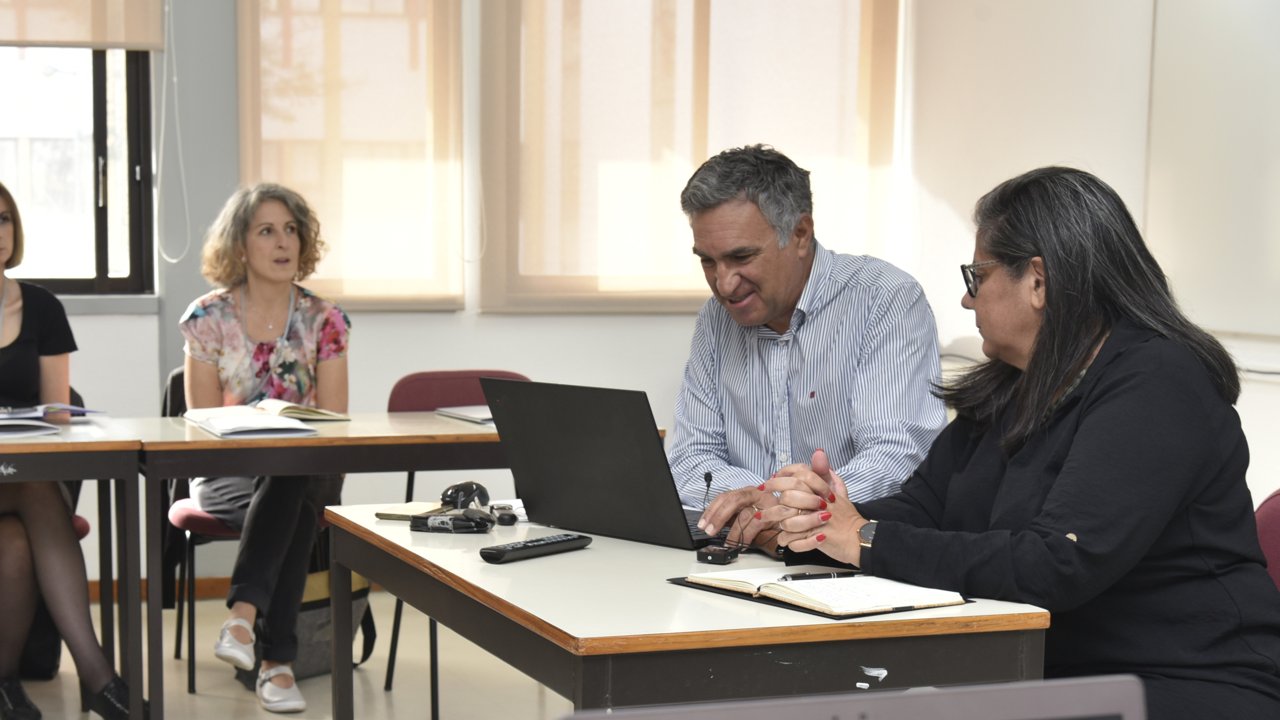WP1 Objectives
- Ensure efficient overall coordination in accordance with the defined project plan;
- Ensure that all activities are carried out within the planned budget, and provide financial reports on time;
- Ensure that all deliverables are prepared on time in accordance with all relevant quality standards, and provide required reports on time;
- Ensure that the activities of the three main projects for the development and expansion of the European University alliance E³UDRES² are mutually reinforcing and that existing synergies are used as best as possible on, and that double financing is excluded;
- Ensure that the executive board will discuss results of the project as well decide on strategic issues;
- Ensure widespread dissemination of project results to various stakeholders and communities on regional, national, European and international level;
- Promote European visibility of E³UDRES² Ent-r-e-novators ideas, activities, output, outcome and impact.
WP2 Objectives
- Map and strengthen synergies and critical mass around common research and innovation priorities;
- Align E³UDRES² Ent-r-e-novators R&I priorities with EU Green Deal, Missions and Digitisation Strategy, and UN SDGs;
- Develop a multi-institutional R&I agenda that incorporates E³UDRES² Ent-r-e-novators human-centered and challenge-based approach with a special focus on the further development of European Smart and Sustainable Regions;
- Ensure close collaboration not only at the institutional but also at the individual level, including researchers at different career levels, administrative staff and management.
WP3 Objectives
- Forecasting researchers' demand for RD&I resources on a sample representing the scientific human resources of partner organisations;
- Map the RD&I resources and infrastructures directly available at each institution, identifying relative strengths and weaknesses;
- List the indirect RD&I resource & infrastructure base of each institution, with estimates of transaction and other costs;
- Design of sharing network interfaces, redundancy mitigation options, synergy plan based on comparative advantages and disadvantages;
- Regulatory and technological environment analysis, run of standard risk analysis procedures;
- Preparation of RD&I resource sharing network strategy, development of priority sub-strategies;
- Developing a network-level organisational, process and procedure plan to support efficient, sustainable and agile implementation.
WP4 Objectives
- Identification of gaps, legal/regulatory barriers and needs in training and resources for open science, open innovation and open education (OS/OI/OE), to strengthen partners’ collaboration in research, scientific and technology transfer;
- Raise awareness and enhance understanding about open science and open publishing especially among young researchers;
- Develop programmes and action plans for delivering pilot webinars/workshops/Summer schools in OS/OI/OE to students, Early Stage Researchers, experienced researchers, professors and other stakeholders in our R&I ecosystem, both on site or online (development of a MOOC for training in OS/OI/OE);
- Organise pilot training activities in OS/OI/OE: workshops, webinars, a summer school and a MOOC course for providing OS/OI/OE skills and competences;
- Strengthening innovation capacity by interconnecting partners’ innovation & technology transfer structures through a digital infrastructure and through consultation with other members of the ecosystem, especially innovative companies;
- Planning E3UDRES2 Ent-r-e-novators digital transformation strategy with OS/OI/OE focus towards a smooth and smart integration of digital technologies, processes and competences;
- Develop a strategy for including participation in the European Open Science Cloud (EOSC) and other pan-European OS/OI/OE ecosystems to take maximum advantage of their value-added services.
WP5 Objectives
- Collect engagement models in E³UDRES² research projects and co-create possible new engagement models based on the barriers discussed in researchers’ and external stakeholders’ testimonials;
- Define engagement competences and create a maturity model for acquiring the engagement skills;
- Create a vision document illustrating what’s in R&I for citizens, entrepreneurs, civil society, public authorities;
- Define multi-sensory liminal spaces where researchers and citizens, entrepreneurs, civil society, public authorities can engage with science;
- Create reward systems both for researchers and external stakeholders who engage in innovative responsible research;
- Create a map of ‘engagement angels’: community builders, associations, organisations, companies who label themselves as research sponsors;
- Develop new curricula (joint teaching units) to transform educators, researchers, and citizens into engagement ambassadors able to show-case engaged research as well as explain engagement models, competences, location and benefits;
- Create podcasts in which all participants in citizen science, responsible research projects share their experiences.
WP6 Objectives
- Who are our researchers? Apart from research, what other responsibilities do they have? How many hours per week do they have to dedicate to research? How many students or junior researchers do they supervise?
- How many researchers do we have working full-time in R&I activities/project at our institutions?
- Which institutional changes are required to improve working conditions for researchers?
- Define how we are going to align our institutional Human Resources Strategy for Research (HRS4R) with the needs of E3UDRES2 Ent-r-e-novators R&I (research and innovation) strategy and agenda;
- Characterization of R&I management and administrative staff;
- Approach challenges through a mix of an experimental mindset culture and a scientific approach.


